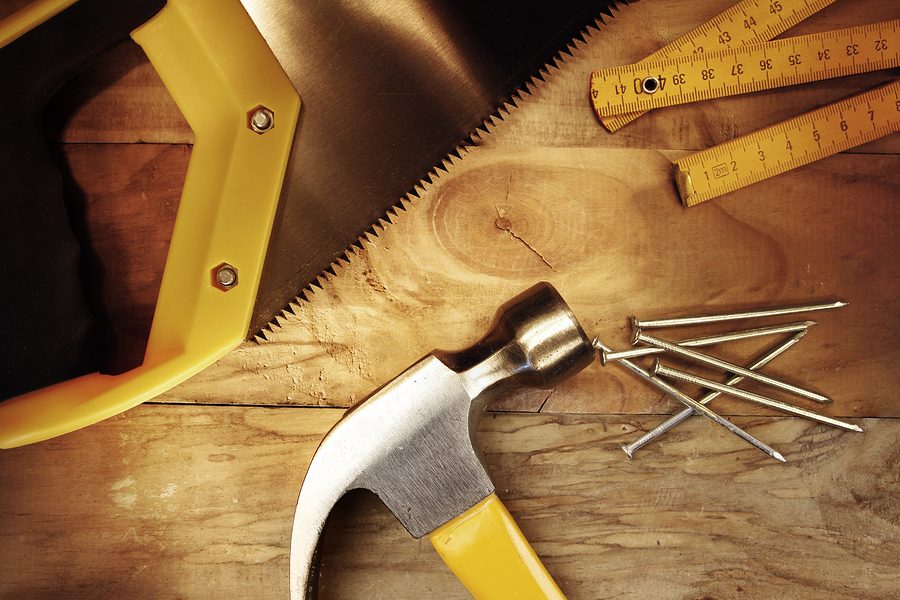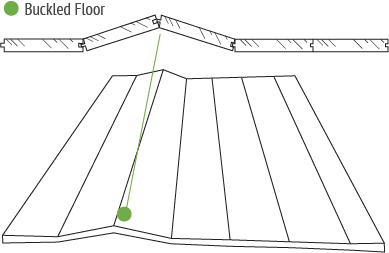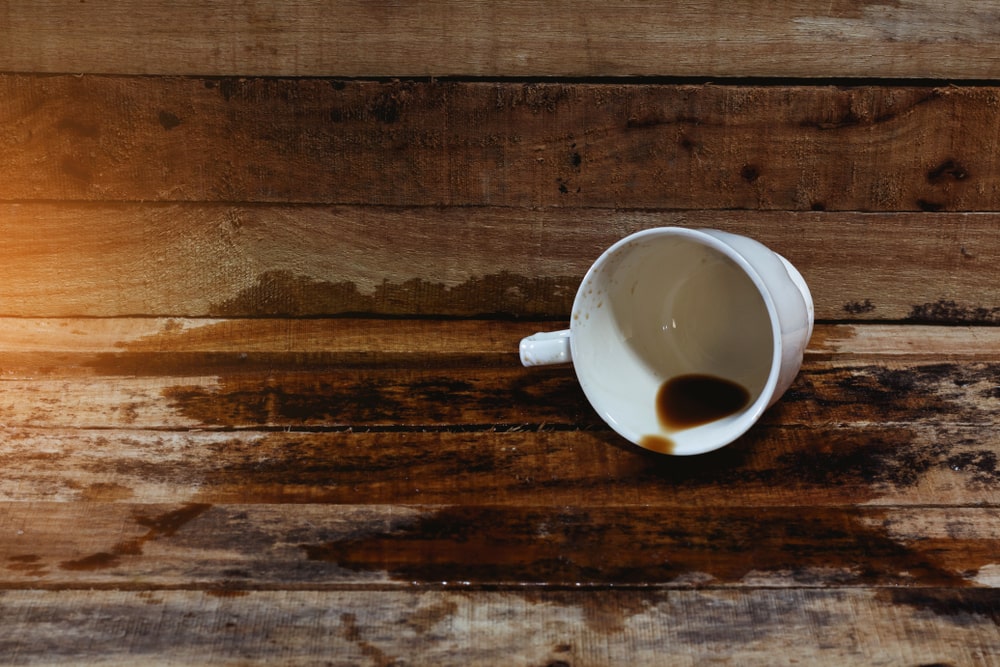
The inconceivable has happened, and you have a buckled wood floor. It was all a beautiful dream until your hardwood floor started to buckle, warp and become unbearable to look at. We’ve all been there at least once. Is your wood floor still buckling in 2021? Is there no technology to solve this dilemma? Well, in short, no.

Any action has an equal and opposite reaction – that’s what Newton’s third law of motion teaches us. So, no matter the type of wood flooring, if its environment changes, it will react. Grooves, hills, valleys or any sort of undulating will appear as a cause of humidity, abnormal tension in the floor, etc.
A wood floor that is properly installed, maintained and cared for will look great for years and hold its value for long. However, changes in humidity and temperature can cause wood to contract and expand. That is when the real problems begin.
So, if you wake up one day and find your wood floor bowing up, then you’re in a bit of a pickle. The question that comes to mind is – Can you fix a buckled hardwood floor?
What Causes a Buckled Wood Floor?
A buckling wood floor “happens” when the floor gets separated from the subfloor. It is often accompanied by cupping or swelling. The edges of each wood plank could curl up, resembling a cup, or the middle section might begin to swell.
Water and Humidity
It usually happens just like that – “the wood floor got wet and buckled”. So, the usual suspect here is humidity, either from the air or from an external source in the house:
– Pipe leaks
– Excessive job site moisture
– Lack of ventilation
– Wet slab
– Drainage problem
– Leaking roof
– Pipe leaks
A buckled wood floor is almost unavoidable in humid environments or climates. Any wood floor will absorb the humidity from the air, so you might end up with a hardwood floor buckling without any visible leaks.

Humidity levels change throughout the year. During winter there are usually lower levels of humidity. However, in summer, it rises. As a rule, you should always make sure you maintain the humidity levels between 30%-50%. It is best for your floors, and also for your health.
Poor Acclimation
Another cause that can lead to a buckled wood floor is acclimation. Acclimation is the process of helping the wood floor adjust to its new environment. Therefore, before installation, your hardwood floor needs to be stored in a space with similar conditions to the one it is going to function in.

A proper acclimation process will allow the wood to absorb or disperse its dampness until it is “equal” to the surrounding air. So, once the wood steadies, it won’t contract or expand anymore, as an effect of the environment. It will get “used to” its environment. If you don’t let the wood get properly acclimated, it will expand and contract after you’ve installed it, creating problems.
Poor Installation
Improper installation of nail-down floors (incorrect subfloor construction, inadequate nailing) could also cause buckling in time.
Insufficient or incorrect adhesive and subfloor contamination or separation for glue-down floors is harmful to your wood floors.
If the expansion gap left around the room’s perimeter is not large enough, the floor will also start to buckle.
The expansion gap is an essential part of proper wood flooring installation. When the floor is installed, you must remember that each plank can expand when the room humidity increases. If you have 20 rows of planks and each extends by 0.5-0.7mm, the entire floor can expand by 10-14mm. These measurements apply to average temperature (ca. 20-22C) and humidity (40-45%), and you need to remember that different wood flooring species react differently.
So, wood floors will buckle from water or too much humidity in summer. Another reason that causes warped floors is poor acclimation, followed by improper installation. We’ve seen the problem, we’ve seen the causes. So, how do you flatten a buckled hardwood floor?
Can Buckled Wood Floors Be Repaired?
The wood floor buckling repair process is relatively simple. However, first, you need to find what has caused the buckling wood floor in the first place. You need to eliminate the cause and then go about the business of repairing.
If your floor has buckled because of excessive humidity, first, you have to find the moisture conditions that allow the floor to dry to normal levels. Once the floor is dry, you can consider spot repairs and reinstallation as well as refinishing and renailing. However, in most cases, replacement of the damaged area is necessary.
The buckled wood floor should be repaired at the first sign to help avoid a major repair later and prevent further damage.
Often bulged wood floors can dry out and return to their reasonable condition on their own, especially laminated floors or parquets which have not been exposed to moisture for too long.
Towel up all the water you can, and allow the floor to dry. Placing a space heater or a fan near the wet spot can speed up the process. If the floor is permanently buckled or discoloured, you have to pry up the area beyond the damage and go to the wood flooring showroom to find a matching product to replace it.
Tongue and groove solid wood flooring will have to be cut with a saw and chisel, and this requires considerable skill and proper tools, so consider calling a professional for this.
Is Your House Suitable for a Wood Floor?
It’s worth mentioning that not all homes are automatically suitable to have a wood floor. This depends on many factors, and a proper assessment of the property should be carried out before purchasing your wood floor.
An ideal evaluation would consist of monitoring the air and temperature over several days and taking readings before fitting your new wood floor.
If you have any further questions regarding wood flooring problems or are looking for advice about the best hardwood flooring for your home, please contact the ESB sales team.
Contact us now to request your free samples or come down to our North London showroom for a closer look.
| Mon-Fri | 8:00AM – 5:00PM |
| Saturday | 10:00AM – 4:00PM |
| Sunday | 11:00AM – 3:00PM |





.svg)
.svg)